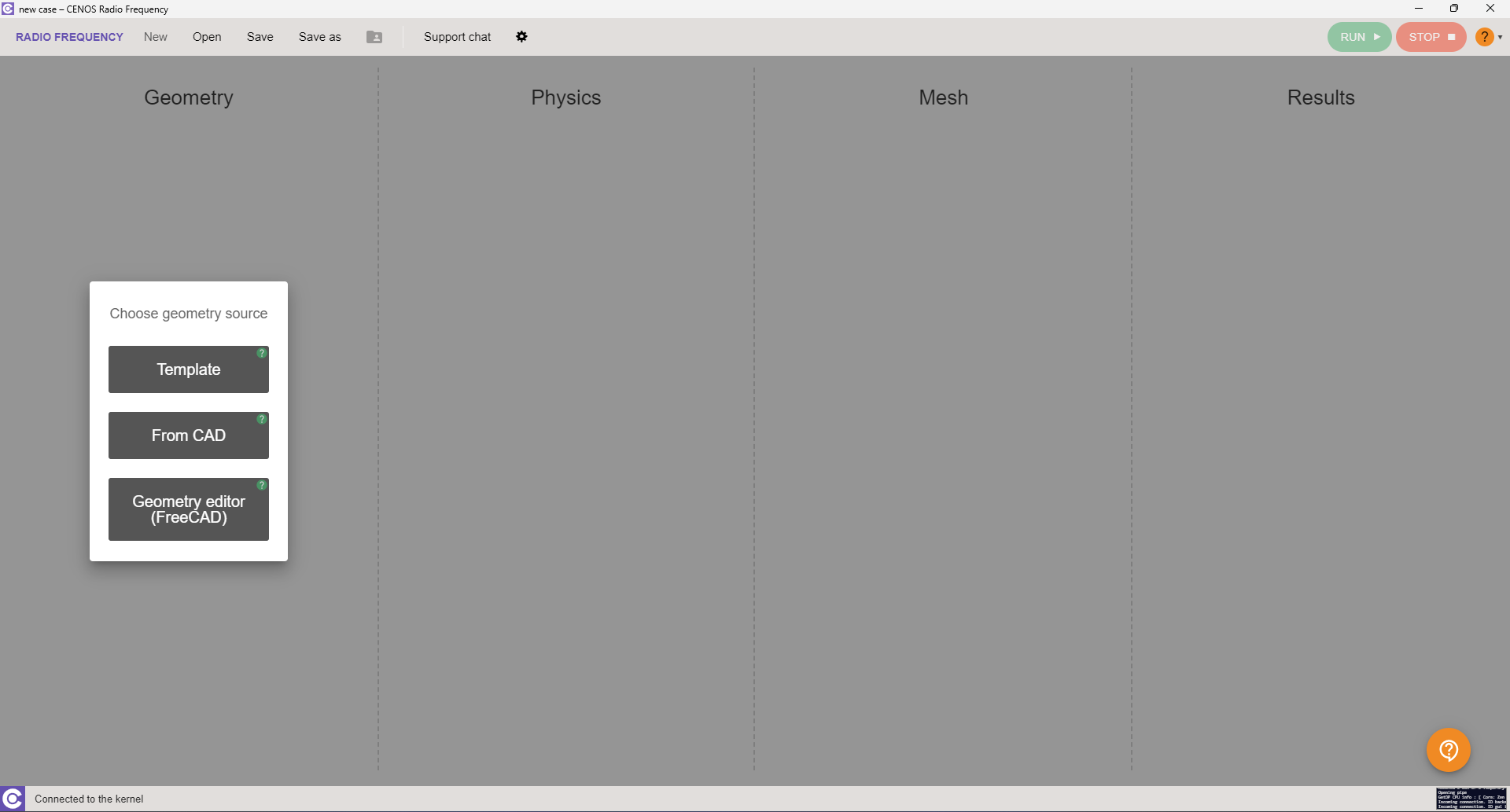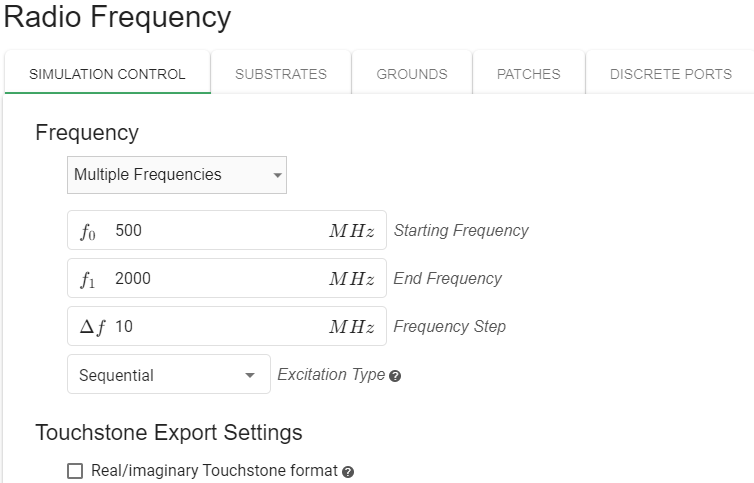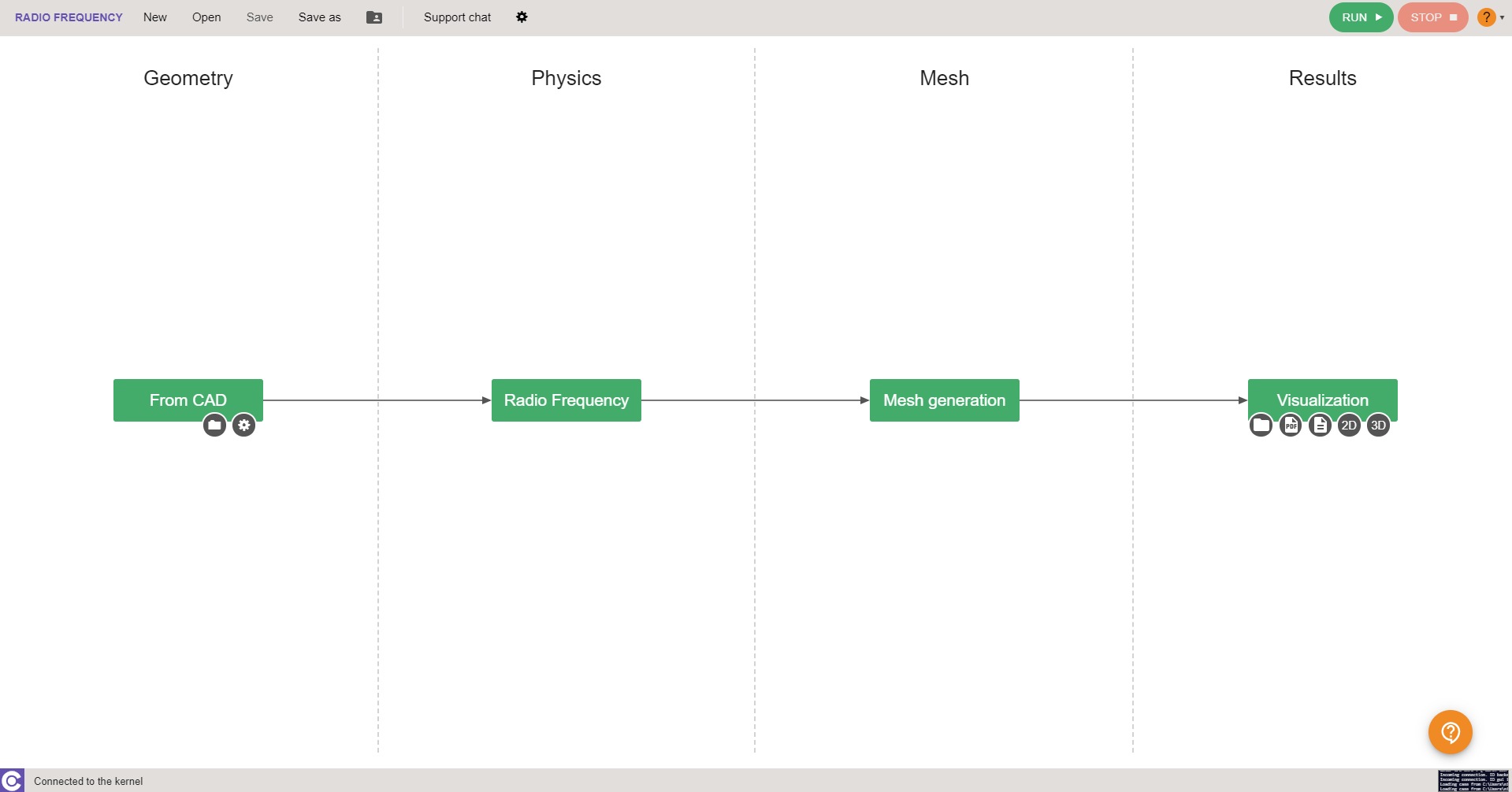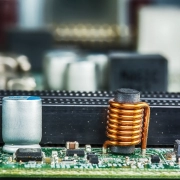Simulating and optimizing printed dipole antenna designs
In the world of wireless communication systems, the design and optimization of antennas are crucial for achieving optimal performance. Simulation software has become an indispensable tool for engineers and researchers in this field. In this blog post, we will explore the capabilities of CENOS Radio Frequency Software and its effectiveness in simulating and optimizing printed dipole antenna designs.
Simulation results of printed dipole antennas have various applications in the radio frequency industry. Engineers can use these results to optimize antenna designs for specific applications, fine-tuning dimensions, shape, and materials to achieve desired performance characteristics. Simulation also helps in troubleshooting and diagnosing issues with existing antenna designs, identifying problems like impedance mismatch or radiation pattern distortion.
Designing printed dipole antennas involves finding the best parameters to achieve the desired frequency and performance. Simulations are essential in this process as they allow engineers to optimize antenna designs without the need for time-consuming physical tests. CENOS : RF is a powerful tool designed to optimize printed dipole antennas. It offers comparable accuracy to other simulation software like HFSS and FEKO, while focusing on usability.

Unlike other software that can be more complicated and time-consuming to prepare simulations. This user-friendly approach makes it accessible to users with different levels of simulation experience.
To validate the accuracy of a software, an academic user, Yukihiro Yoshikawa, simulated a printed dipole antenna and compared the results with HFSS and FEKO. Yukihiro Yoshikawa, a retired RF specialist who now do research at Tohoku University in Japan, simulated a printed dipole antenna using CENOS and compared the results with other simulation software like HFSS and FEKO.
The comparison showed a high level of agreement between CENOS : RF and HFSS, indicating that CENOS can compete with other established simulation software in terms of accuracy. The results showed a high level of agreement between CENOS : RF and HFSS, indicating that CENOS : RF can compete with other simulation software.

S parameters are crucial in evaluating antenna performance. They indicate how much energy is reflected back to the source and how much is radiated from the antenna. For a dipole antenna, a lower value for the S parameter is desirable, indicating less energy loss. Achieving a value of -25 decibels is considered a good result. Simulation results provided by the software include S-parameter images, which provide valuable information about antenna performance. However, in addition to S-parameters, software allows you to study other characteristics of the antenna.
CENOS : RF offers several key features that make it a powerful tool for optimizing printed dipole antennas. Its user-friendly interface allows for easy navigation and operation, making it accessible to users with different levels of simulation experience. The software also enables users to import antenna designs from CAD software, facilitating seamless integration into existing design processes. Additionally, software provides advanced simulation capabilities, allowing users to analyze various parameters such as antenna dimensions, materials, and operating frequencies.

Using the software offers numerous benefits for optimizing printed dipole antennas. The software allows users to save time and resources by simulating antenna performance before physical prototyping. This enables engineers to identify potential issues and make iterative design improvements, leading to more efficient and cost-effective antenna development. The accuracy and reliability contribute to the software’s effectiveness in achieving optimal antenna performance.
The software has proven to be a powerful and user-friendly solution for optimizing printed dipole antenna designs. Its accuracy, usability, and compatibility with CAD software make it a valuable asset for engineers and researchers in the field of wireless communication systems.

By leveraging the capabilities, designers can save time and resources by simulating and optimizing antenna designs before fabrication. The validation results against other simulation software further strengthen its credibility. With its comprehensive simulation capabilities, CENOS : RF is poised to make a significant impact in the world of antenna design and optimization.


